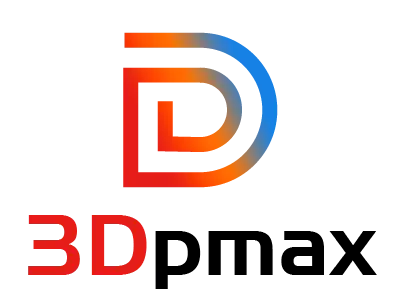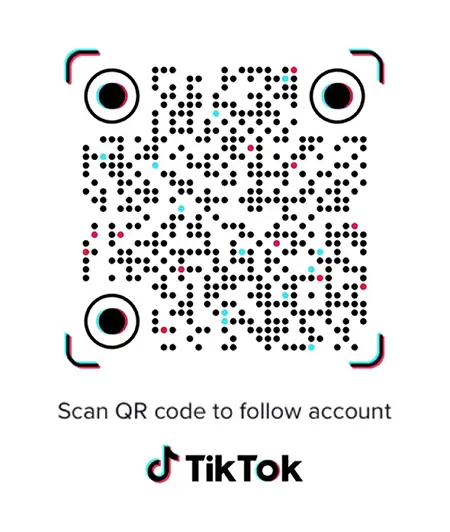What are the benefits of 3D printing in medicine?
3D printing in medicine has helped to customize and personalize medical products, drugs, and equipment. 3D printing has also helped advance the productivity, decoration of design, and manufacturing of medicine. In medicine and healthcare, 3D printing can not only improve drug creation and production of medical equipment, but it could also give new methods of practicing medicine, optimize supply chains and propose cheaper personalized medical services.
How does 3D printing in medicine work?
This technology uses a machine known as a 3D printer to build a three-dimensional model with one layer at a time. It lays down a thin layer that bonds with other thin layer material and a model is built from the bottom over time. The model is a computer-aided design (CAD) from a computer program sent to the printer to print. The printer may use gypsum powder, plastic, liquid resin, or metal that is melted together with a laser.
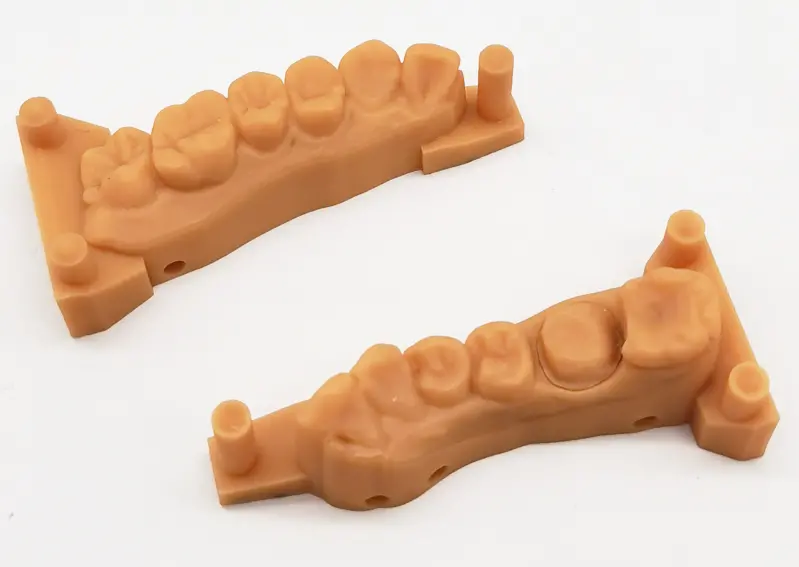
3D printing can be used in medicine to print organ models. This helps the patient know what is yet to be done and for surgeons’ preoperative planning. Scientists are currently using a combination of MRI, ultrasound imaging, and 3D printing technology to help doctors prepare for fatal surgeries.
Benefits of 3D printing in medicine
Developing the patient’s specific implant
3D printing in medicine helps develop prostheses, anatomical models, and patient-specific implants for surgical education and planning. Objects are first designed using special 3D software before being printed. The 3D model has detailed three-dimensional images of customized equipment and patient scans.
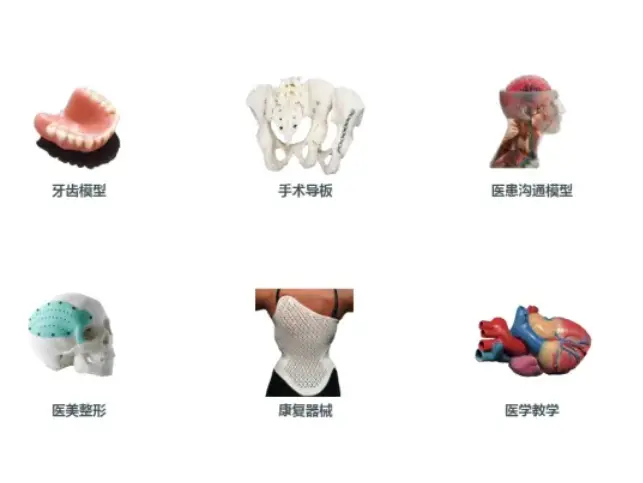
Create 3D customized tools for the medical industry
3D printing in medicine has helped improve customized surgery tools based on patients’ scans. These tools are perfectly created to adapt to the patient and the procedure used while attending to the patient. This has improved a lot of surgical accuracies, making the time spent on the whole operation easier.
3D print joint reconstruction
3D printing in medicine has helped professionals in the medical industry develop alternative skills in joint and bone reconstruction. 3D printing helps create customized implants which can be used on patients with joint and bone problems. 3D print synthetic cartilage has been improved and used to rebuild joints and other body parts.
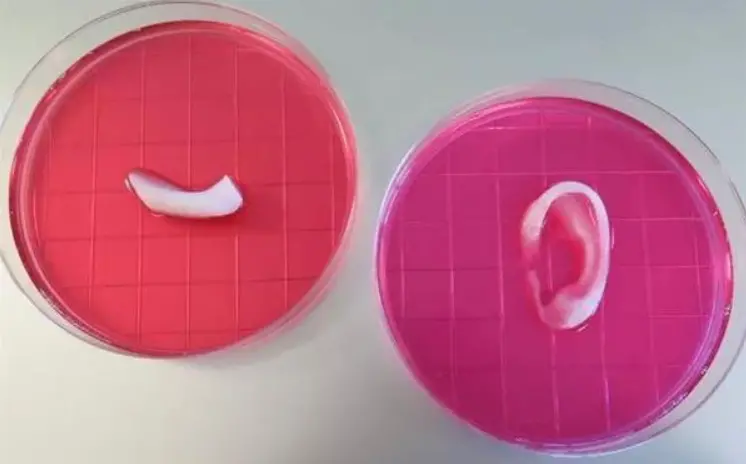
3D print for dental applications
3D printing in medicine has been of great help to the dental field. Dentists can now develop 3D print dentures and braces as per the patient’s x-ray scans. This has helped with the correct final product that matches the natural teeth with correct adjustments and precise alignment. This has helped dentists develop standard customized solutions for their patients.
Conclusion
3D printing has many benefits in the medical field and there is still much to explore. At 3DPMAX, we’re committed to providing the best solution and services to our customers. We are always researching new trends and technology to use on our devices. All our 3D printers are affordable and suitable for the medical field. Contact us today.

